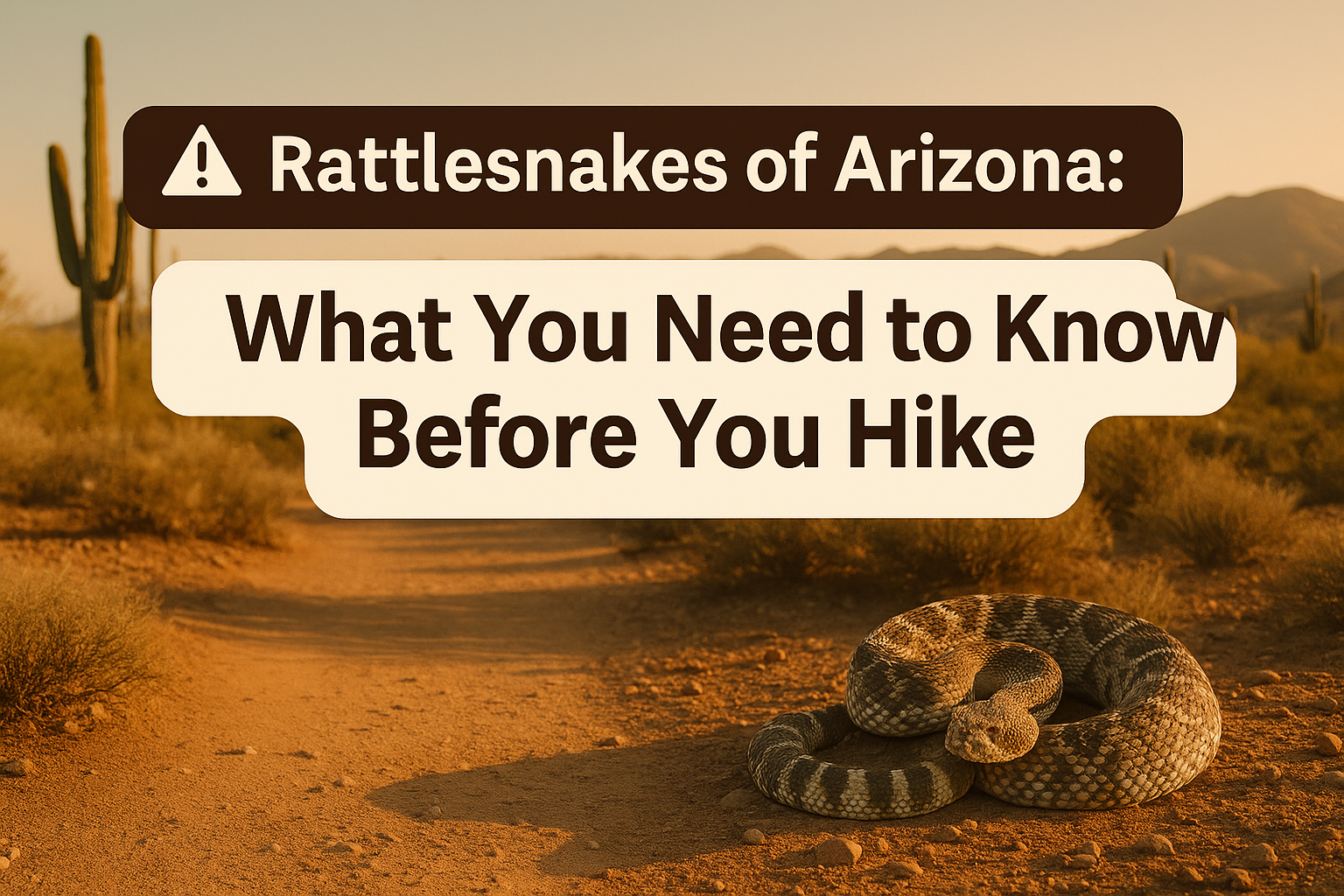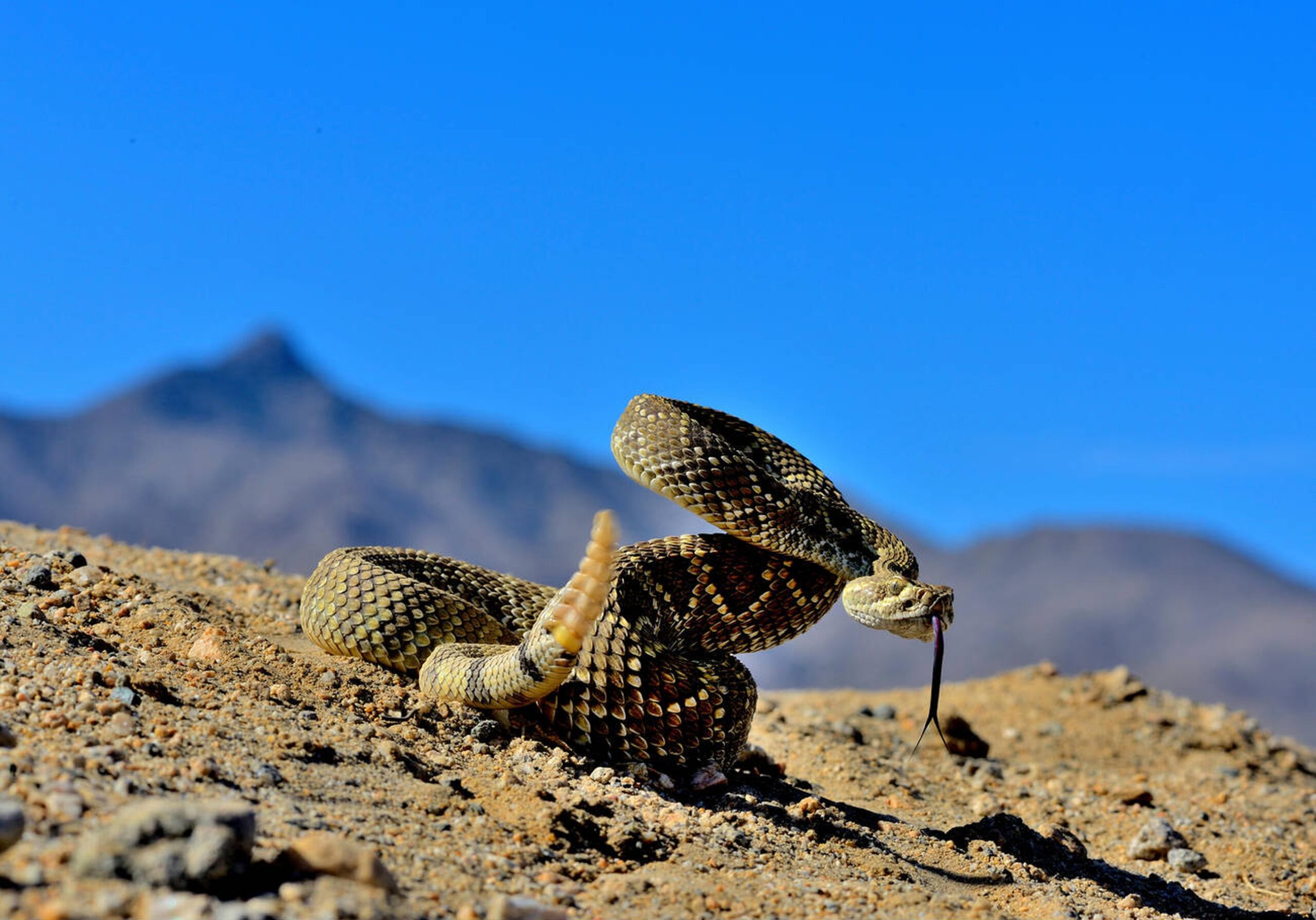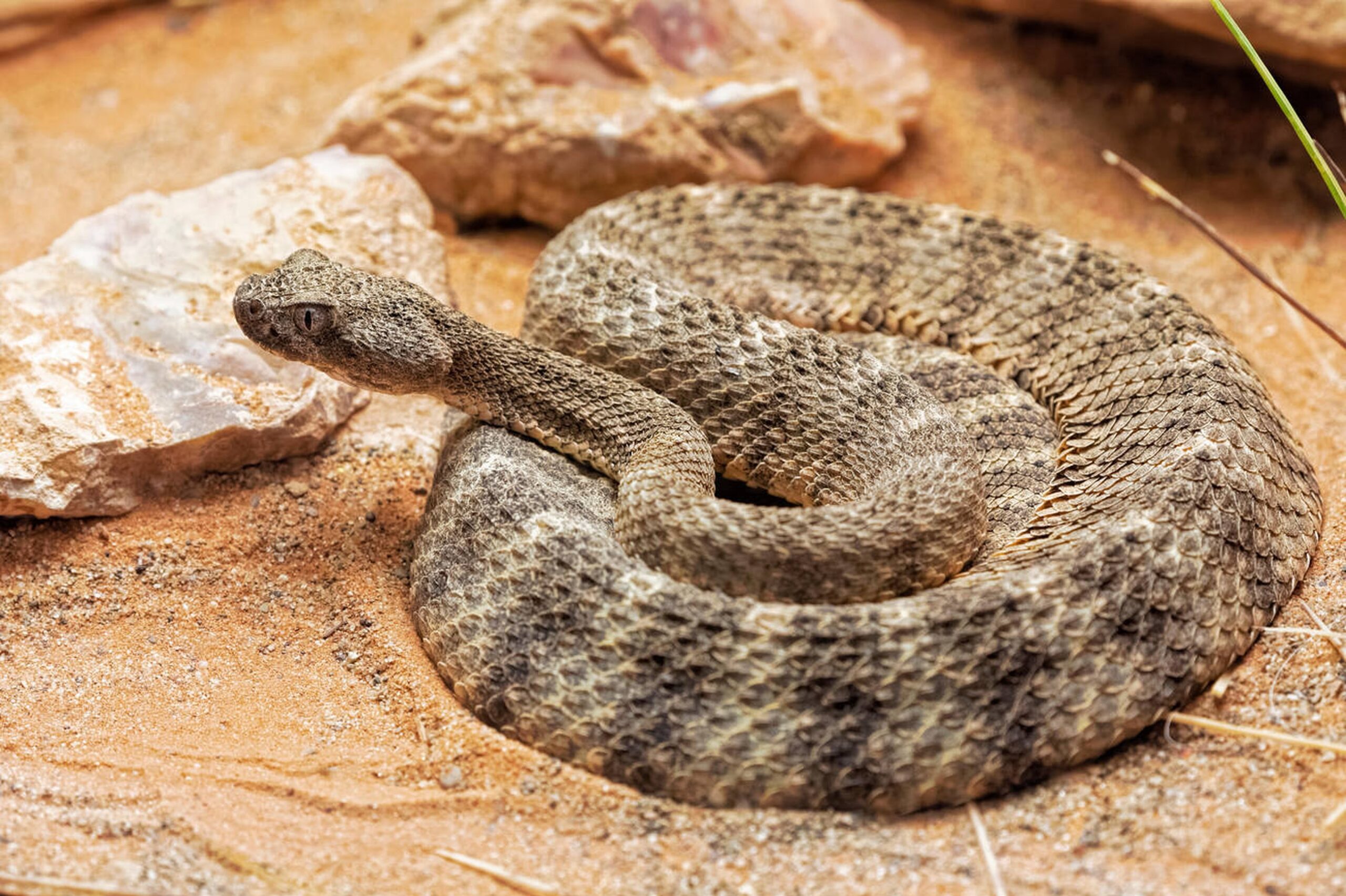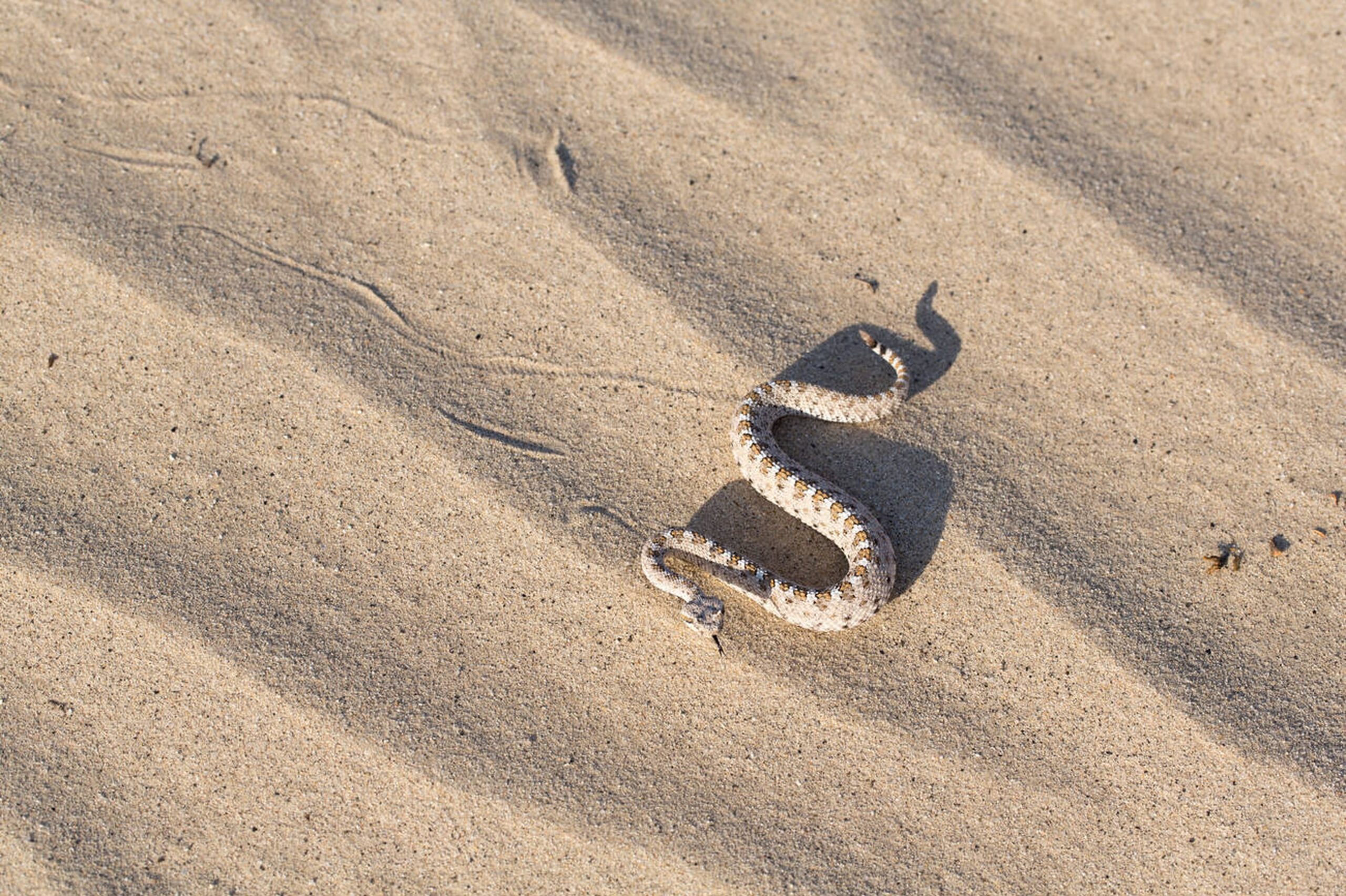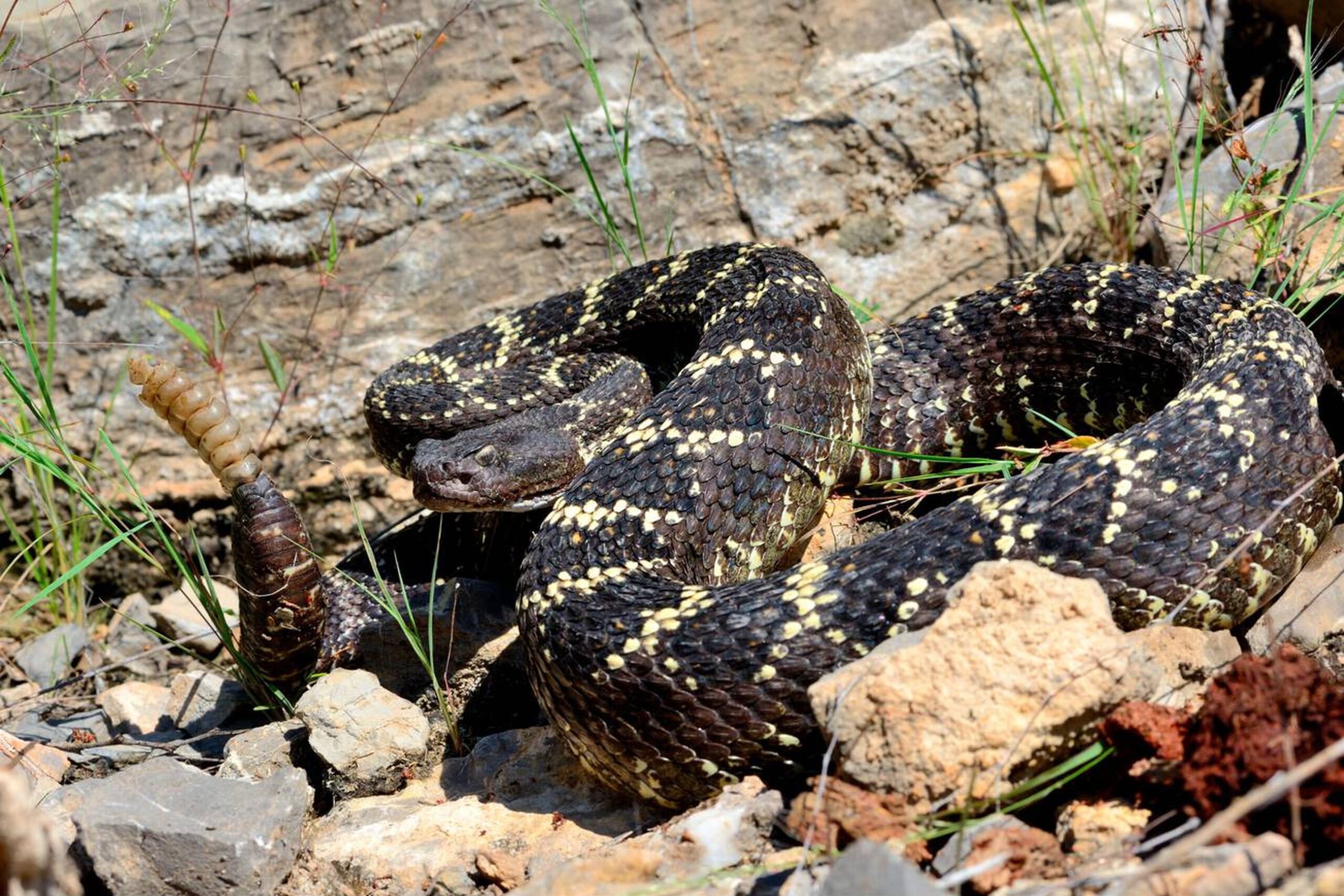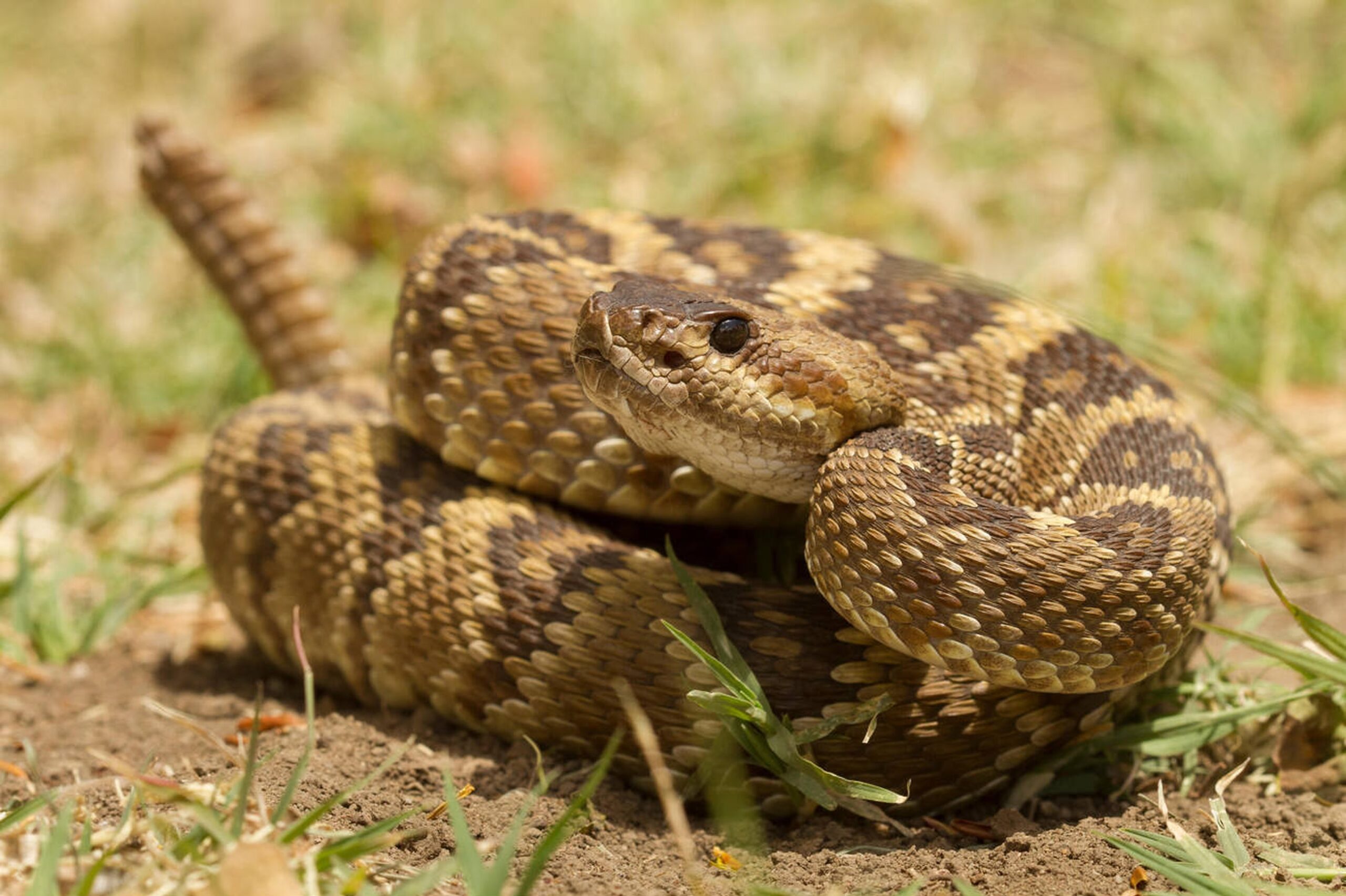Introduction
You’re hiking through Arizona’s stunning Sonoran Desert—towering saguaro cacti on either side, the sun warming your skin, and the sound of wind rustling through dry brush. Then, suddenly… buzz. That chilling rattle.
Rattlesnakes of Arizona are a real part of the wilderness experience. And while the idea of crossing paths with one might sound scary, understanding them can turn fear into respect—and keep you safe on the trail.
Whether you’re a weekend hiker, a backyard gardener, or a local exploring nature, learning about Arizona’s native rattlesnake species isn’t just smart—it’s essential.
Are Rattlesnakes a Problem in Arizona?
Yes and no. Arizona is home to more species of rattlesnakes than any other U.S. state—about 13 in total. But bites are rare, and fatalities are even rarer.
👉 Facts to keep in mind:
- About 250–300 rattlesnake bites happen annually in Arizona
- Less than 0.1% of those result in death (due to fast medical response and antivenom access)
- Most bites occur when people accidentally step on or provoke a snake
So while rattlesnakes are present, the actual risk is low—if you’re cautious and prepared.
Top 6 Rattlesnakes Found in Arizona
Here are six of the most commonly encountered (and fascinating) rattlesnakes you might come across.
1. Western Diamondback Rattlesnake
- Scientific Name: Crotalus atrox
- Size & Range: 3–5 feet; widespread across southern Arizona
- Appearance: Gray to tan body with diamond-shaped patterns; black and white bands on tail
- Venom/Danger Level: Highly venomous; responsible for most bites in Arizona
- Fun Fact: Can control how much venom it injects—many bites are “dry”
- Safety Tip: Stay alert near rocky ledges or shaded trail edges
2. Mojave Rattlesnake
-
Scientific Name: Crotalus scutulatus
-
Size & Range: 3–4 feet; southern and central Arizona, especially desert basins
-
Appearance: Light greenish-tan with subtle diamond patterns
-
Venom/Danger Level: Extremely venomous; neurotoxic venom can affect breathing
-
Fun Fact: Sometimes called “the most dangerous rattlesnake in the U.S.”
-
Safety Tip: Do not rely on the rattle—some Mojaves stay silent
3. Tiger Rattlesnake
-
Scientific Name: Crotalus tigris
-
Size & Range: Small—2–3 feet; southern Arizona canyons and rocky hillsides
-
Appearance: Pale gray body with tiger-like bands near the head
-
Venom/Danger Level: Potent venom but less aggressive
-
Fun Fact: Has the smallest head-to-body ratio of any rattler
-
Safety Tip: Watch where you place hands while scrambling on rocks
4. Sidewinder Rattlesnake
-
Scientific Name: Crotalus cerastes
-
Size & Range: 1.5–2.5 feet; western deserts of Arizona
-
Appearance: Sandy-colored with “horns” above the eyes
-
Venom/Danger Level: Venomous but not usually life-threatening
-
Fun Fact: Named for its sidewinding motion, which leaves a unique track
-
Safety Tip: Watch your step in open, sandy areas—they blend in perfectly
5. Arizona Black Rattlesnake
-
Scientific Name: Crotalus cerberus
-
Size & Range: 2.5–4 feet; central/northern Arizona mountains
-
Appearance: Dark brown to black with variable patterns
-
Venom/Danger Level: Moderately venomous; rarely aggressive
-
Fun Fact: Known for color-changing ability as it matures
-
Safety Tip: Stay alert near cool, shady trails in pine forests
6. Black-Tailed Rattlesnake
-
Scientific Name: Crotalus molossus
-
Size & Range: 3–4 feet; mountainous regions of southern and eastern Arizona
-
Appearance: Yellowish or olive with a distinct black tail
-
Venom/Danger Level: Venomous but docile
-
Fun Fact: Considered one of the calmest rattlesnake species
-
Safety Tip: Respect its space—it usually prefers to retreat
🛡️ How to Stay Safe Around Rattlesnakes
Hiking in Arizona? Follow these simple safety tips:
👟 Stick to the trail. Avoid walking through tall grass, brush, or rocky outcrops.
👁 Look before you step or sit. Snakes often hide under rocks, logs, or in shade.
🚫 Never reach blindly. Check before grabbing onto rocks or brush.
🧏 Don’t rely on the rattle. Some snakes won’t warn before striking.
🐶 Leash your pets. Dogs are frequently bitten while exploring off-trail.
🌄 Hike during cooler hours. Snakes are most active in the early morning and evening.
👖 Wear boots and long pants. Provides a layer of protection if stepped on.
🔗 For more expert guidance, visit the Arizona-Sonora Desert Museum’s guide and the CDC’s venomous snake safety guide.
Top 5 Myths About Rattlesnakes (Busted!)
Let’s clear up some common misconceptions:
-
❌ Myth: Rattlesnakes always rattle before they strike
✅ Truth: Many don’t. Some stay silent to avoid attention. -
❌ Myth: Baby rattlesnakes are more dangerous than adults
✅ Truth: All venomous bites are serious, but this claim is exaggerated. -
❌ Myth: Rattlesnakes chase people
✅ Truth: They’re defensive, not aggressive. Most bites happen when surprised or provoked. -
❌ Myth: You can suck out the venom
✅ Truth: That’s outdated and dangerous. Get professional help immediately. -
❌ Myth: You’re safe if you can’t hear the rattle
✅ Truth: Some snakes may not rattle at all. Stay alert visually.
What to Do If You’re Bitten
If the worst happens, here’s what to do—step by step:
-
🧍♂️ Stay calm and still. Movement spreads venom faster
-
📞 Call 911 immediately
-
🪑 Sit or lie down. Keep the bite area at or below heart level
-
❌ Do NOT:
-
Ice the bite
-
Cut the wound
-
Suck out venom
-
Take painkillers or alcohol
-
-
🛻 Wait for help. Only trained professionals should administer antivenom
“Curious about other venomous snakes in the U.S.? Check out our guide on Missouri snakes here.”
FAQs
What kind of rattlesnakes live in Arizona?
Arizona has over a dozen rattlesnake species, including the Western Diamondback, Mojave, Tiger, and Sidewinder.
Are they a real threat to people?
They can be, but bites are rare and usually avoidable with caution.
How venomous is the Arizona Black Rattlesnake?
Moderately venomous. Its bite is serious but rarely life-threatening with prompt care.
Do rattlesnakes chase people?
No. That’s a myth. They defend themselves but don’t pursue humans.
When are they most active?
Spring through fall—especially at dawn, dusk, or after rains.
Arizona’s trails are beautiful—and rattlesnake encounters are part of the ecosystem. But with a little knowledge and caution, you can safely enjoy your hike without fear.
Know what to watch for, respect wildlife, and most of all—stay aware.
🐍 Share this with fellow hikers or pin it for your next trip. Stay safe and hike smart!

